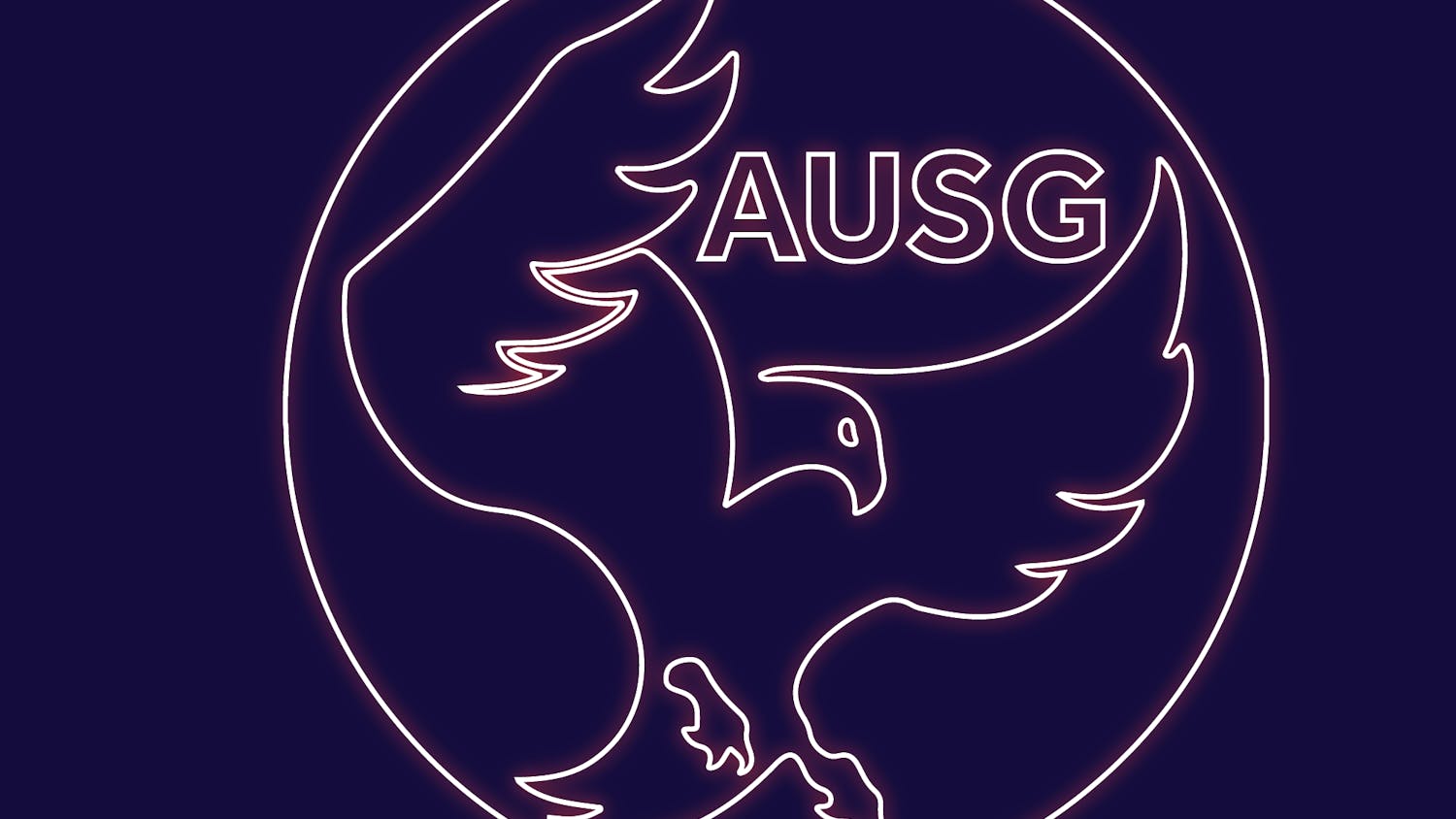The Army Corps of Engineers will begin digging on May 19 at Lot 18, located near the Public Safety building, to investigate three "anomaly clusters," or unidentified metallic items, the project manager of the USACE military munitions response program said during a meeting of the Spring Valley Restoration Advisory Board Tuesday.
The dig will be a "low probability" investigation, meaning the Army Corps will perform it without an air-filtering structure in place, according to Project Manager Dan Noble.
Test results have revealed a high presence of metals in the ground surrounding Public Safety, Noble said.
Steven Hirsh, the Environmental Protection Agency's representative to the RAB, said arsenic levels that had been detected around the Public Safety building in the past were "pretty high."
"Up on the hill, there was a spot where we found the remnants of what was in a broken jar," said Ed Hughes, the program manager of the U.S. Army Corps of Engineers' Baltimore district. "It looked like there were significant amounts of arsenic in it."
Hughes said he could not recall the exact concentration of the chemicals found inside, but confirmed they were above EPA safety standards for arsenic of 43 parts per million.
According to an April 2006 project update obtained from the Corps of Engineers Baltimore District's Web site, workers in 2006 also found contaminated soil within Lot 18 containing elevated levels of lead, mercury and vanadium.
Kent Slowinski, a former member of the RAB, said the Corps had already finished remediation on Lot 18 when a pit sidewall partially collapsed after heavy rains on April 22 and 23, 2006. The collapse exposed more laboratory glassware.
Slowinski said the Corps put Lot 18 work on hold until the Pit 3 excavation could be completed and was able to develop a "site safety plan" for the Public Safety building.
The Corps has completed 70 accessible test pits at the 4835 Glenbrook Road property, Noble said. The Corps could not access the remaining five because excavation equipment for Pit 3 is in the way.
In addition to test-pitting, which includes digging small holes to search for evidence of chemical weapons or munitions, workers are also removing arsenic grids from the property.
They have removed four arsenic grids to date.
"The goal here is to reduce the arsenic levels on a given property to acceptable levels so that we can prevent any exposure over the years," Hughes said. "Exposure over the years that could possibly elevate a child's or an individual's cancer risks."
The Spring Valley Formerly Used Defense Site project has cost $154 million since 1993 and is expected to accumulate an additional $32 million in expenses before its target completion in 2011, according to Hughes.




